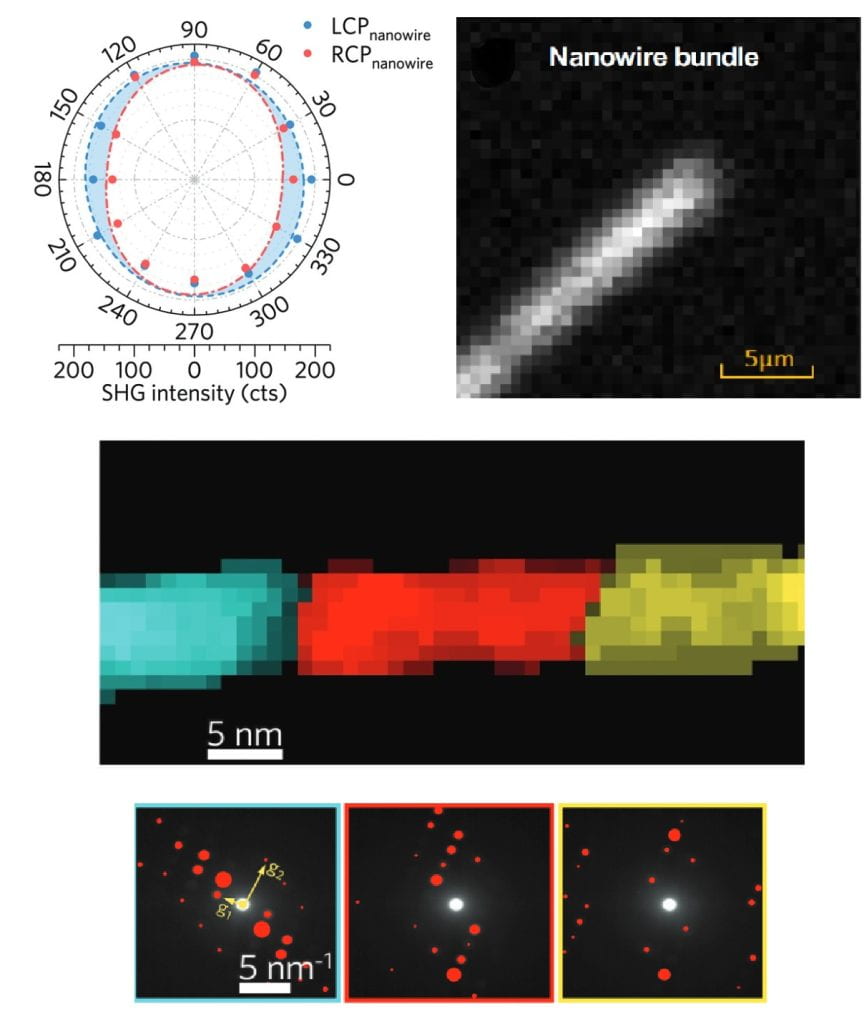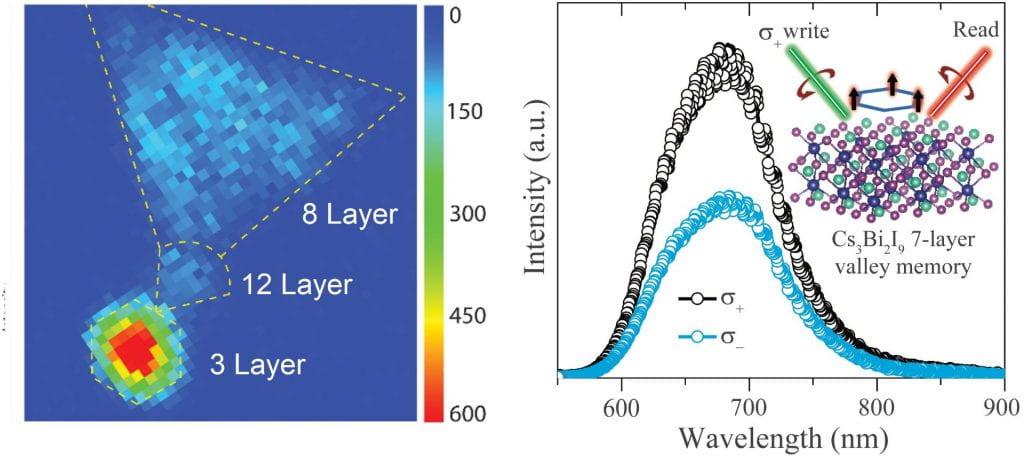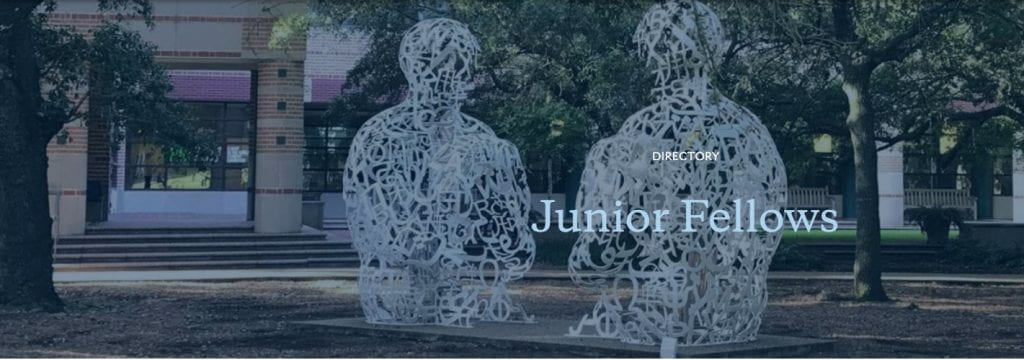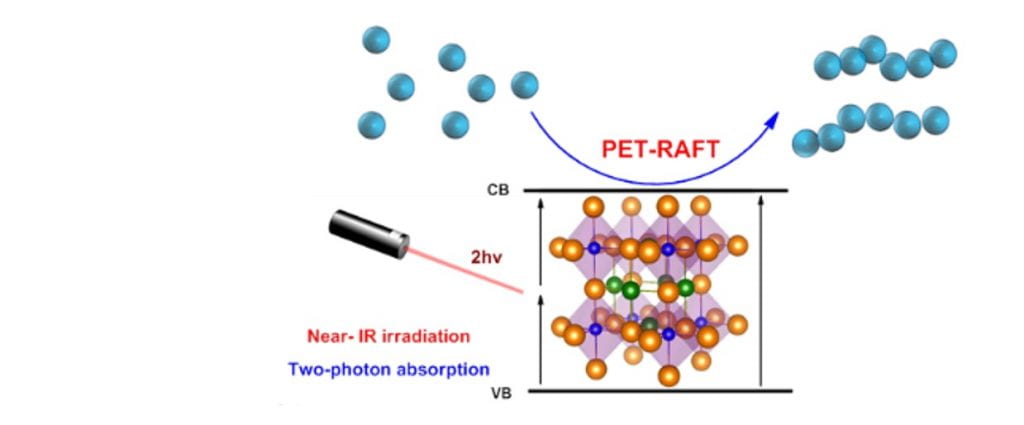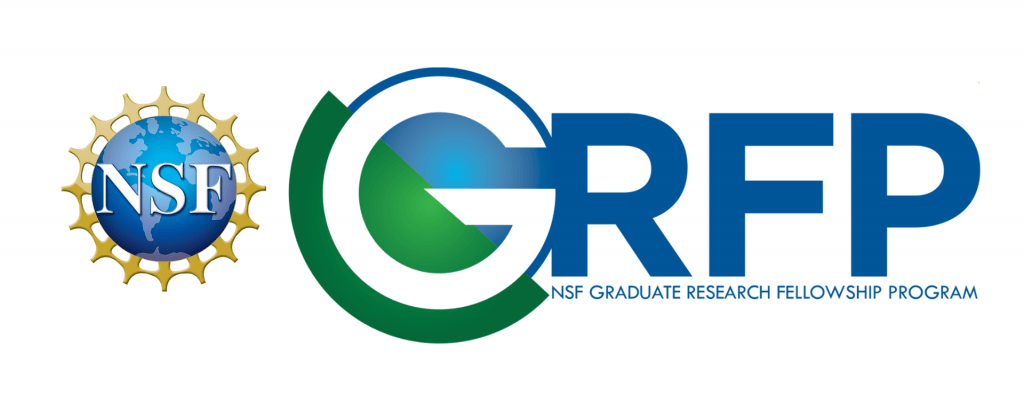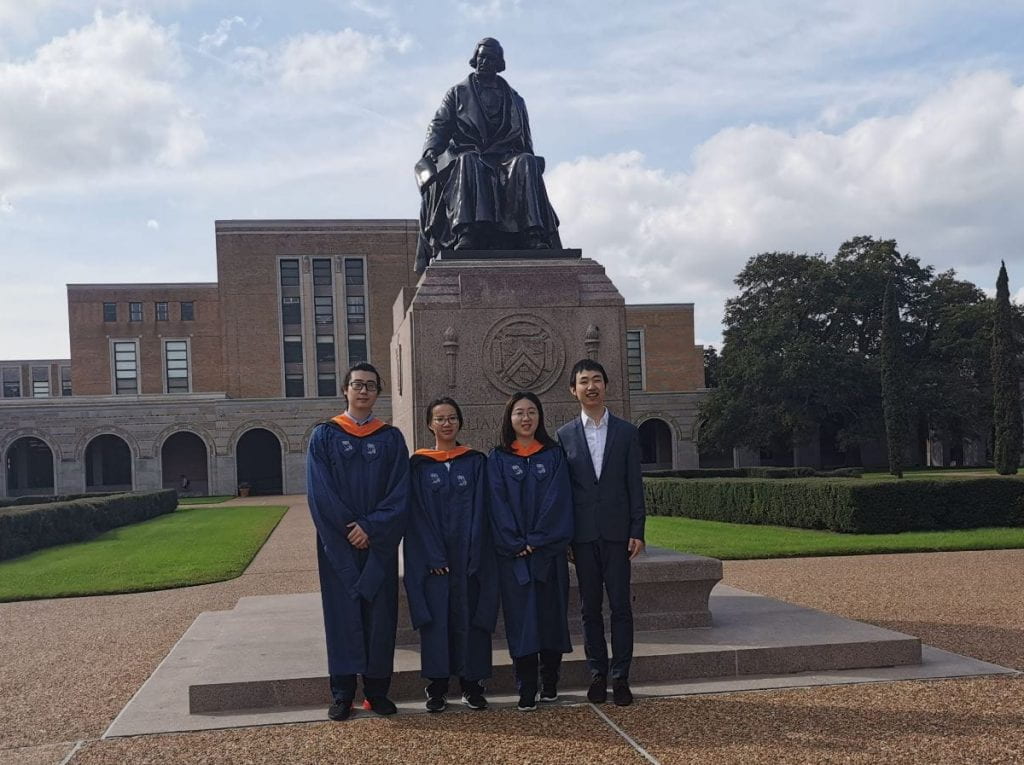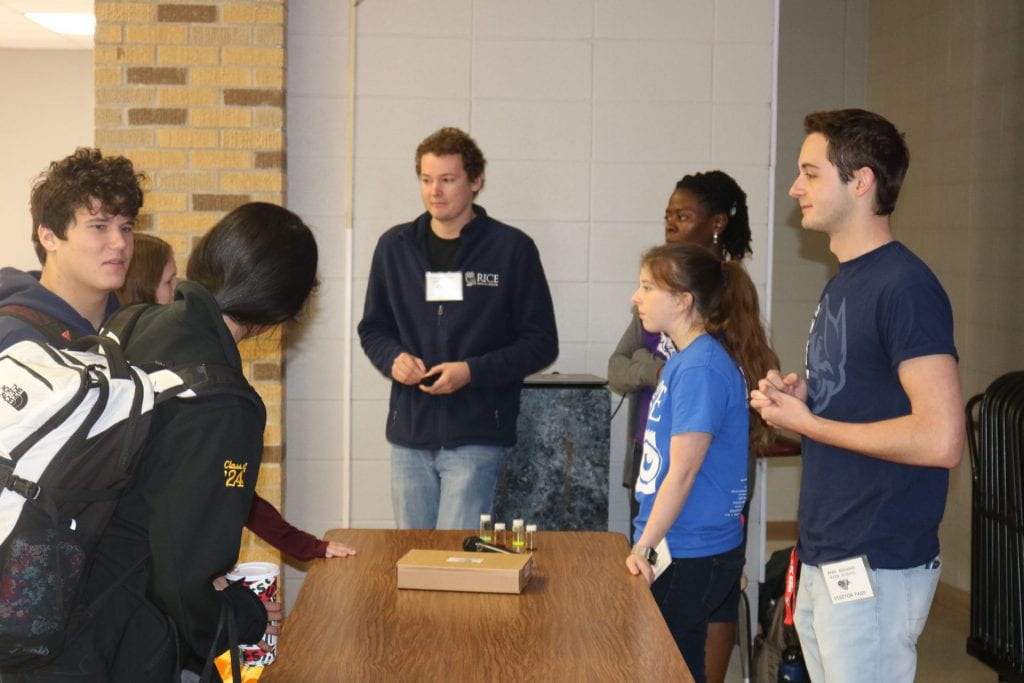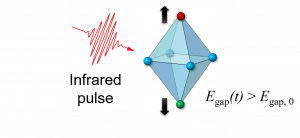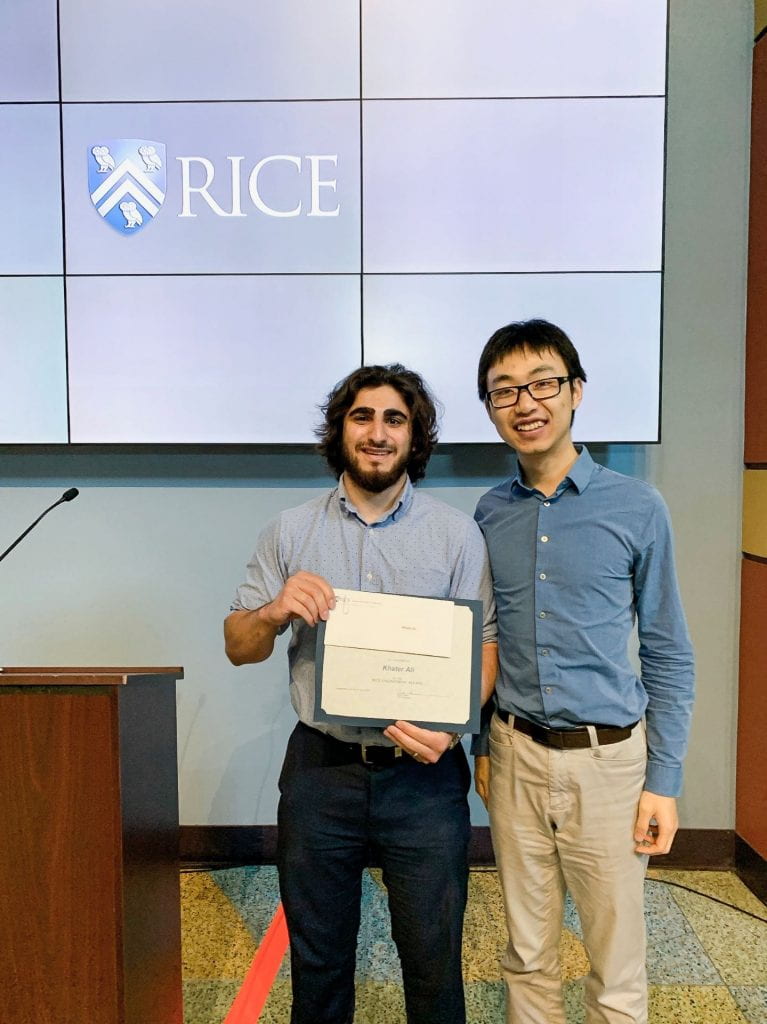Elemental tellurium is a fascinating chiral semiconductor with high refractive index, excellent infrared transmission and strong spin orbit coupling, and has great potential for photonic and spintronic devices. The as-synthesized tellurium crystals, however, are typically racemic mixtures of chiral domains. In this work, we designed a simple and scalable optical imaging method based on polarization resolved nonlinear harmonic generation to identify the chirality in tellurium nanowires, which correlates with the structural helicity of the wires observed in transmission electron microscope. The ability to quickly identify chiral structures and domain boundaries may enable more studies on their novel transport properties. This work was performed in collaboration with Pettes group in Los Alamos National Laboratory and published in Nanoscale.
